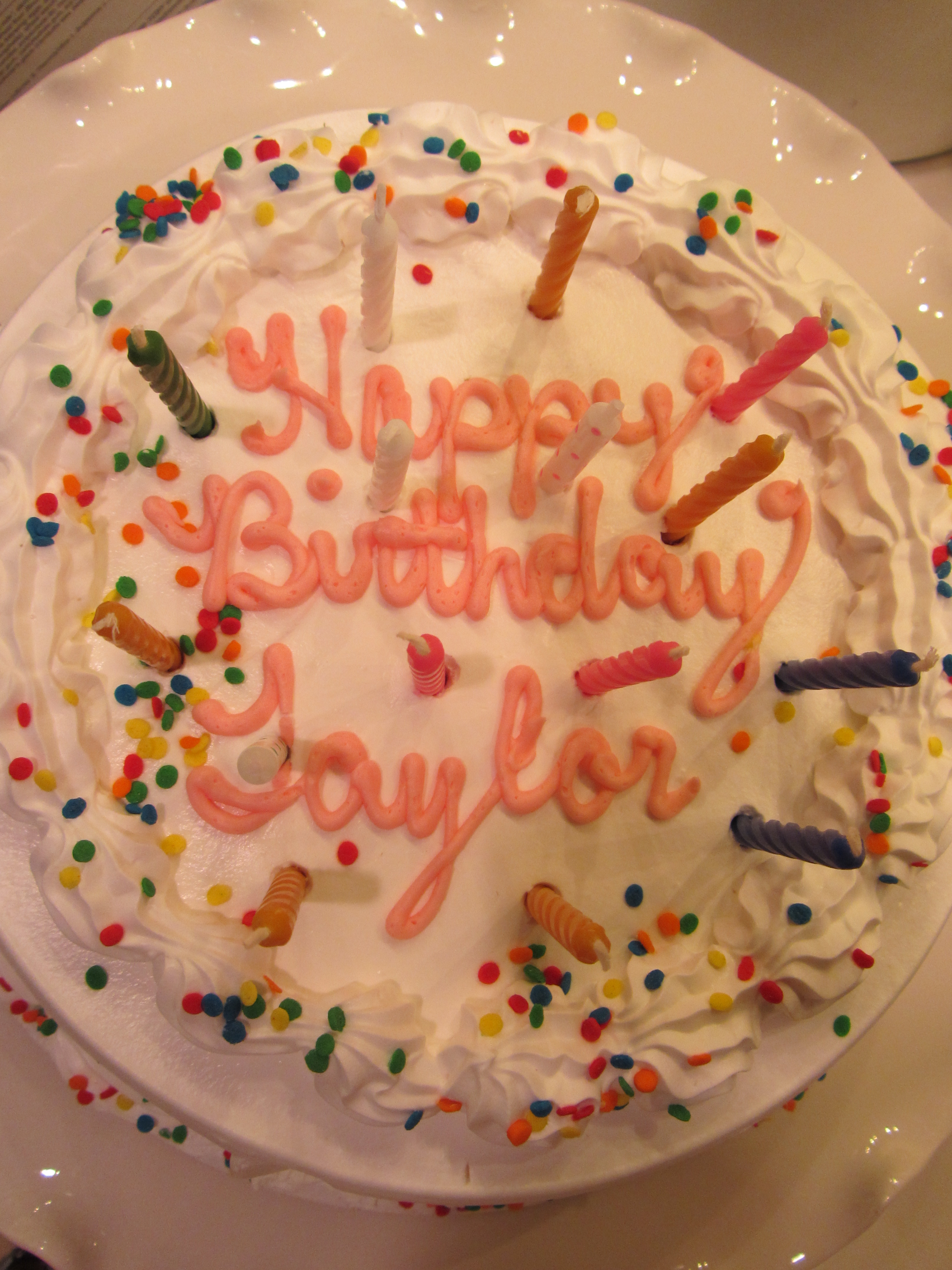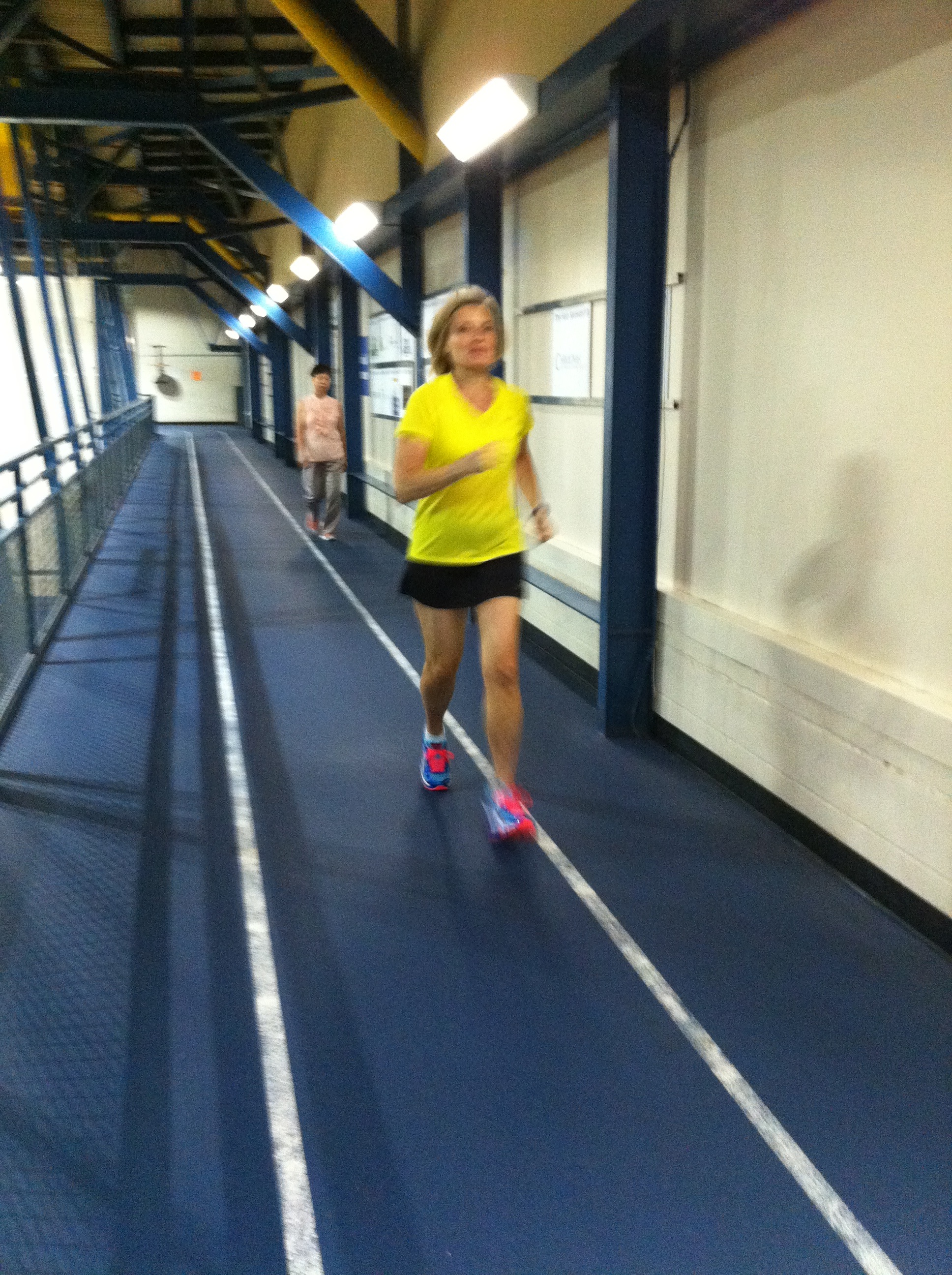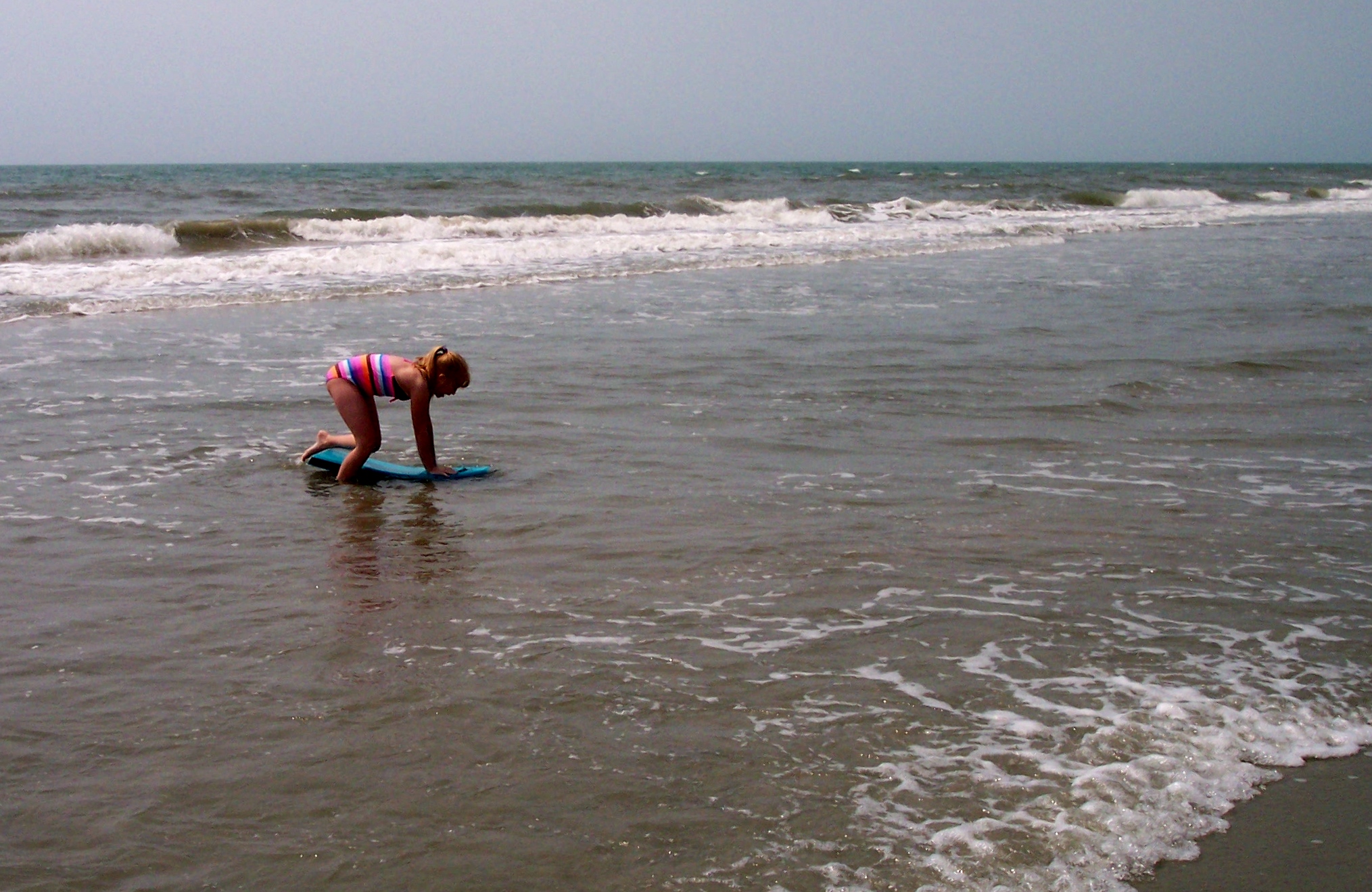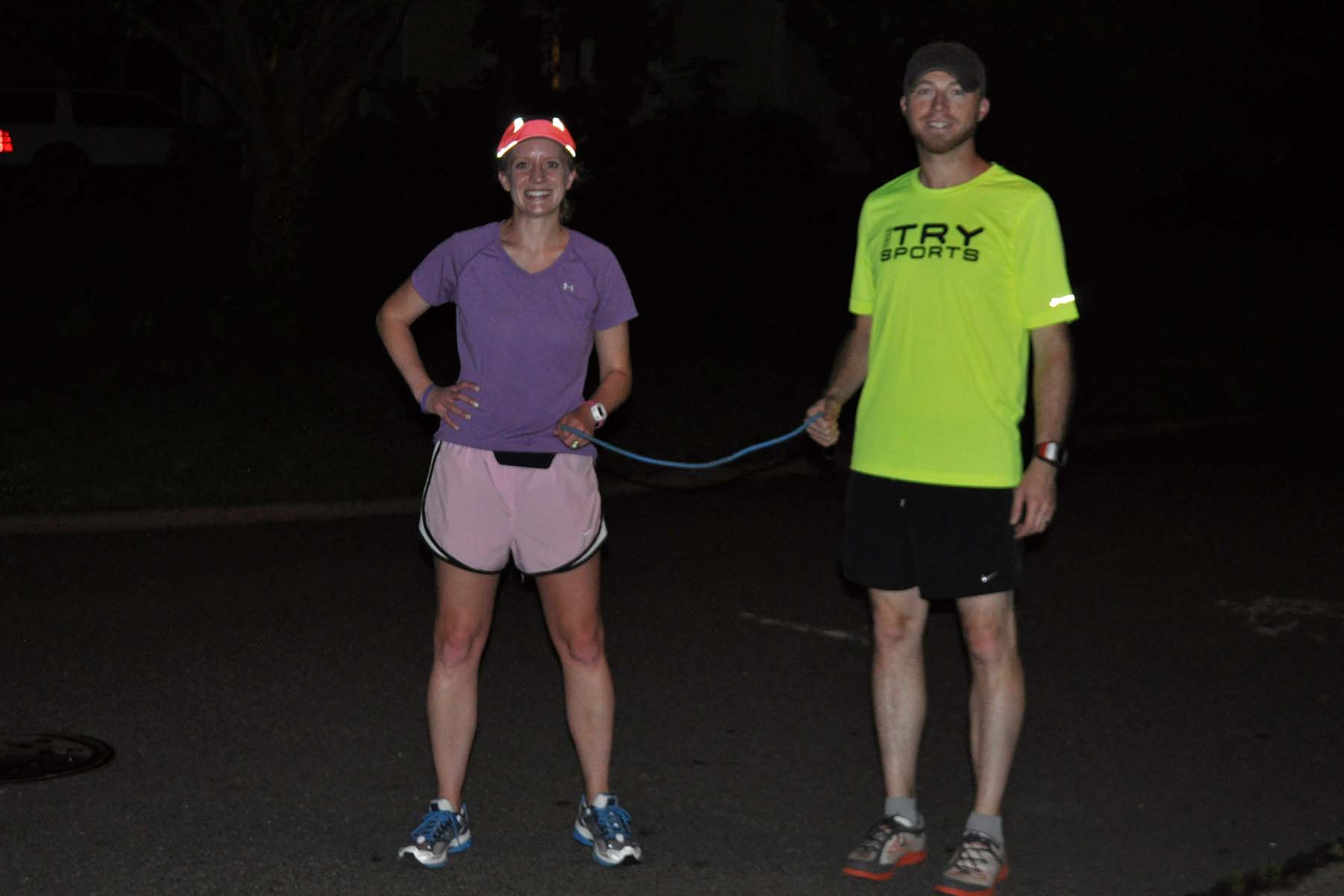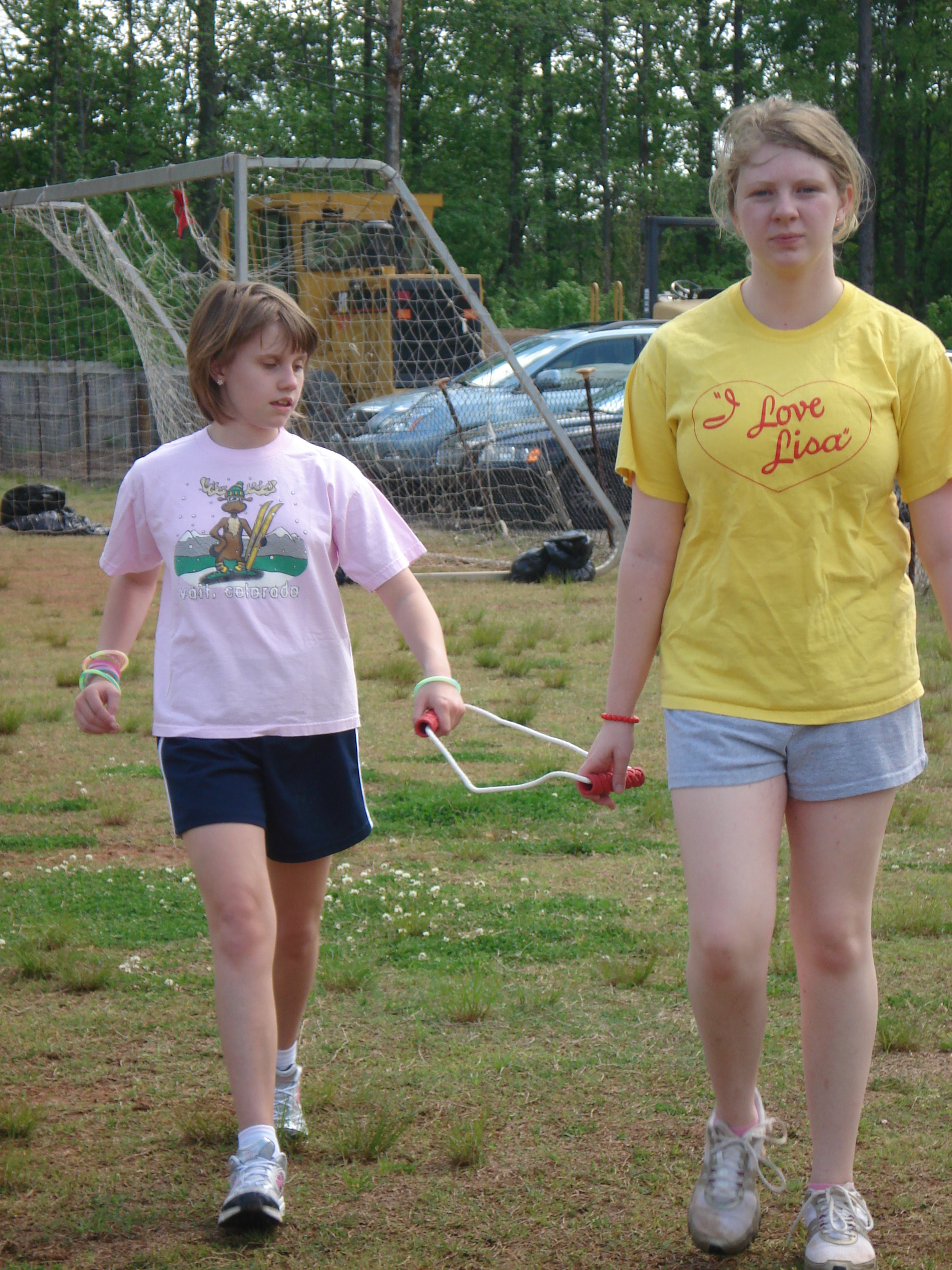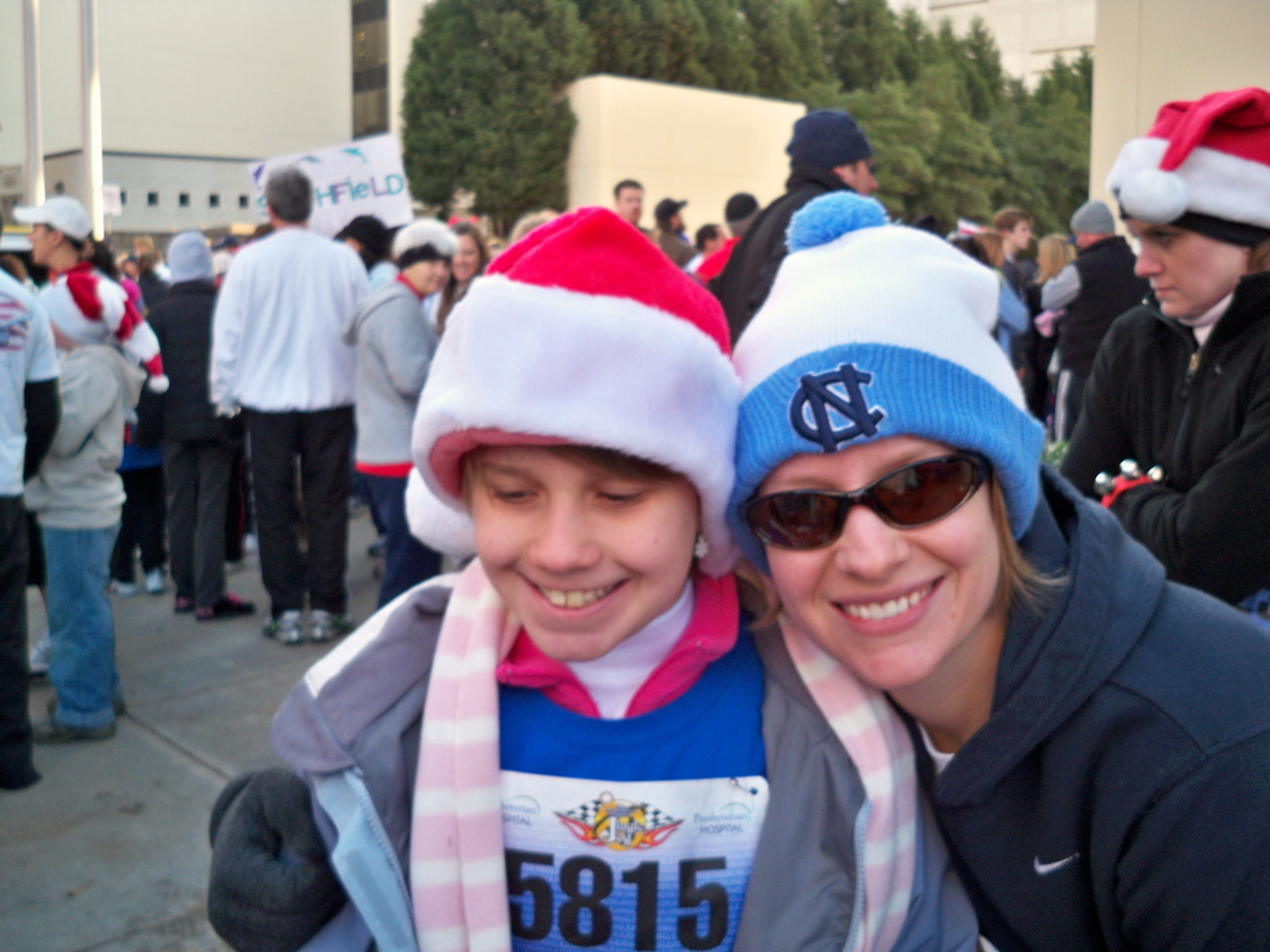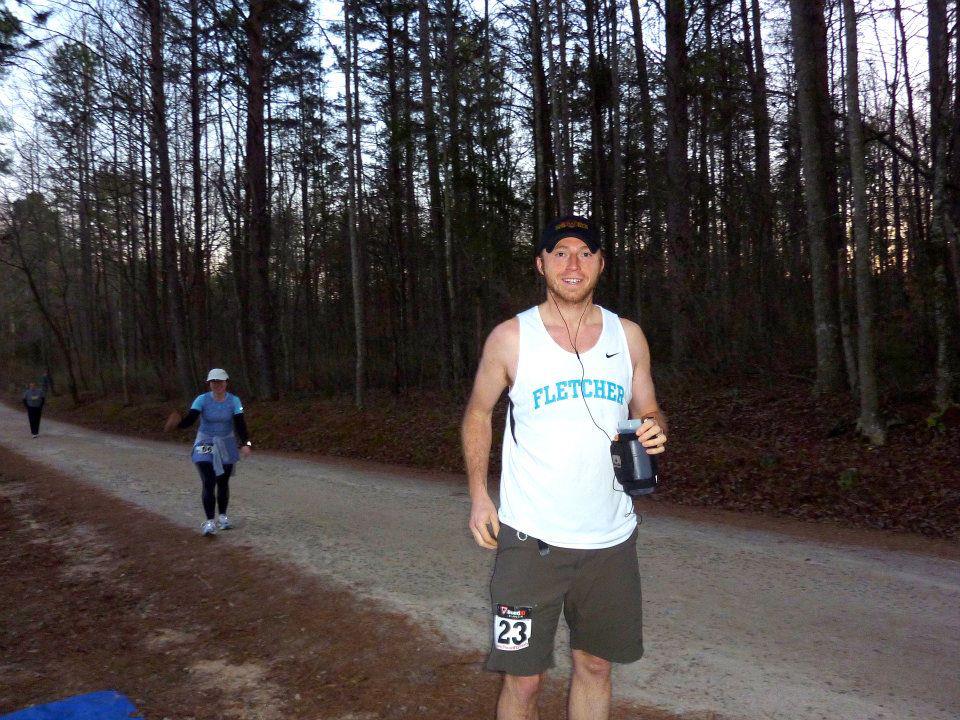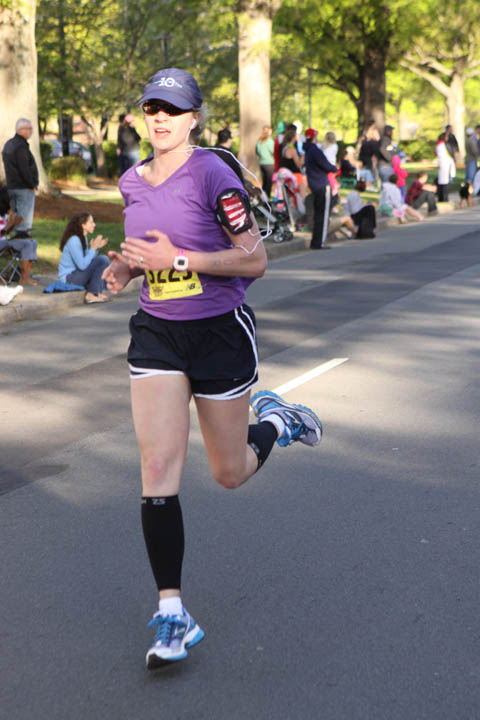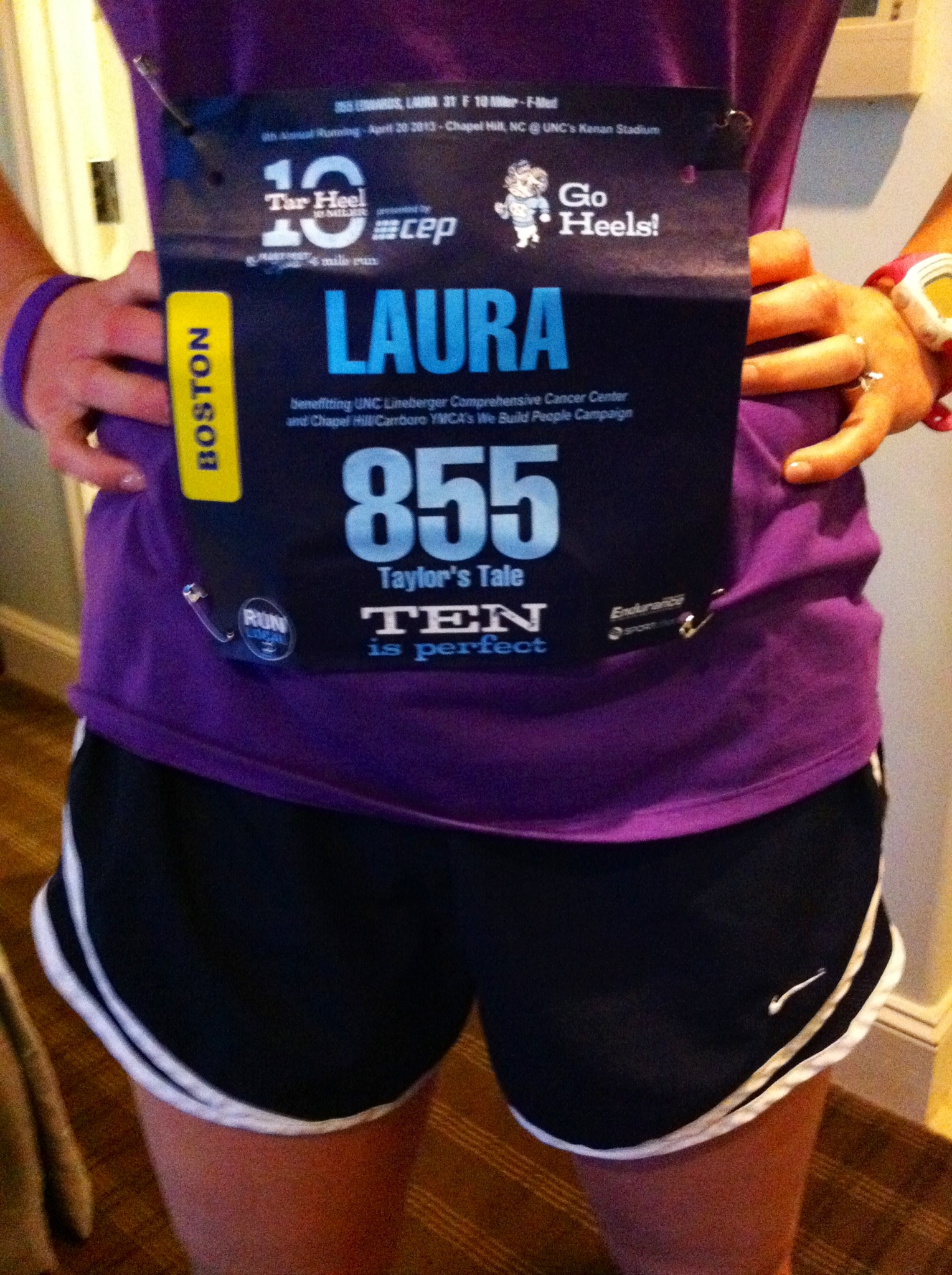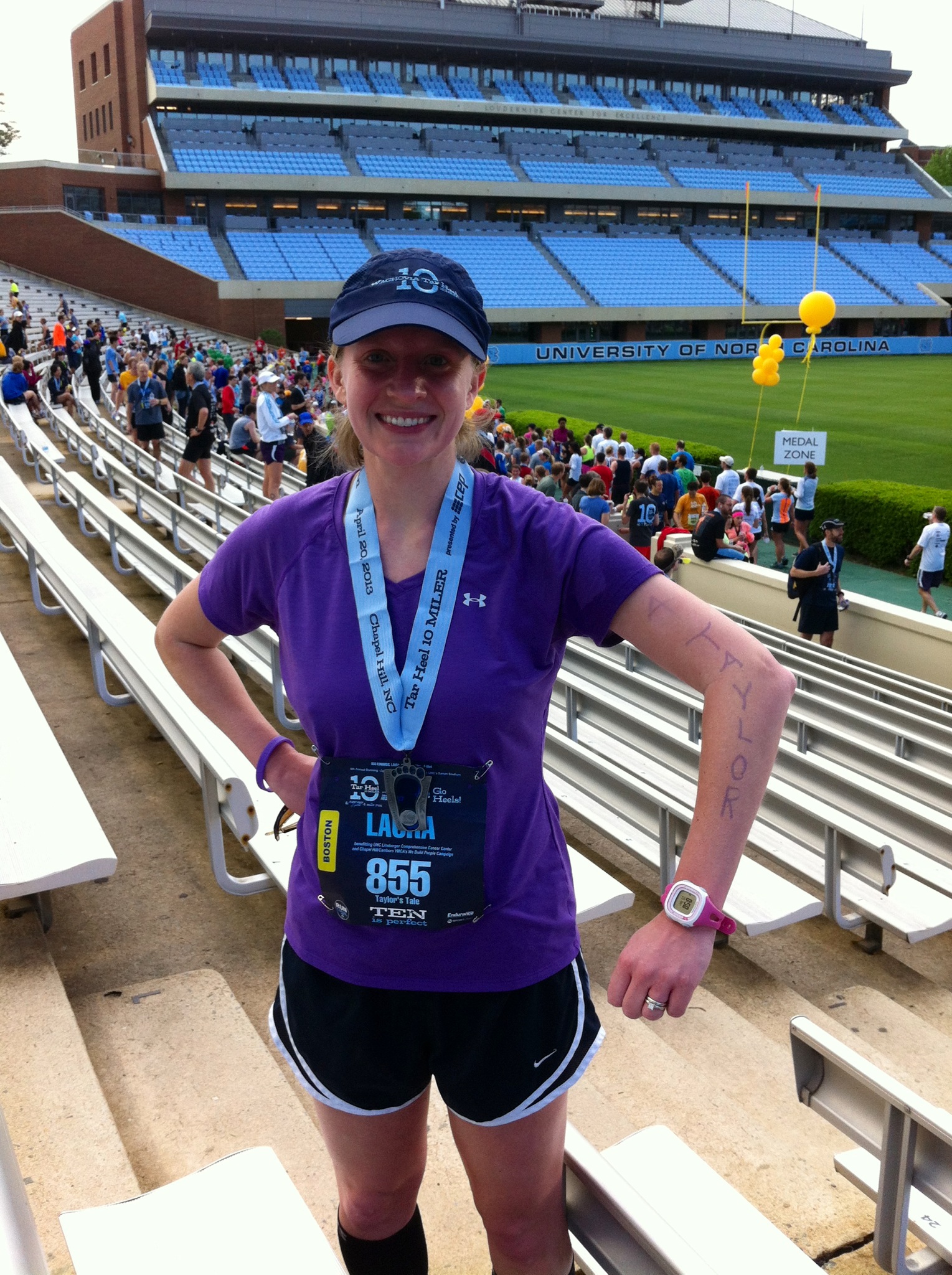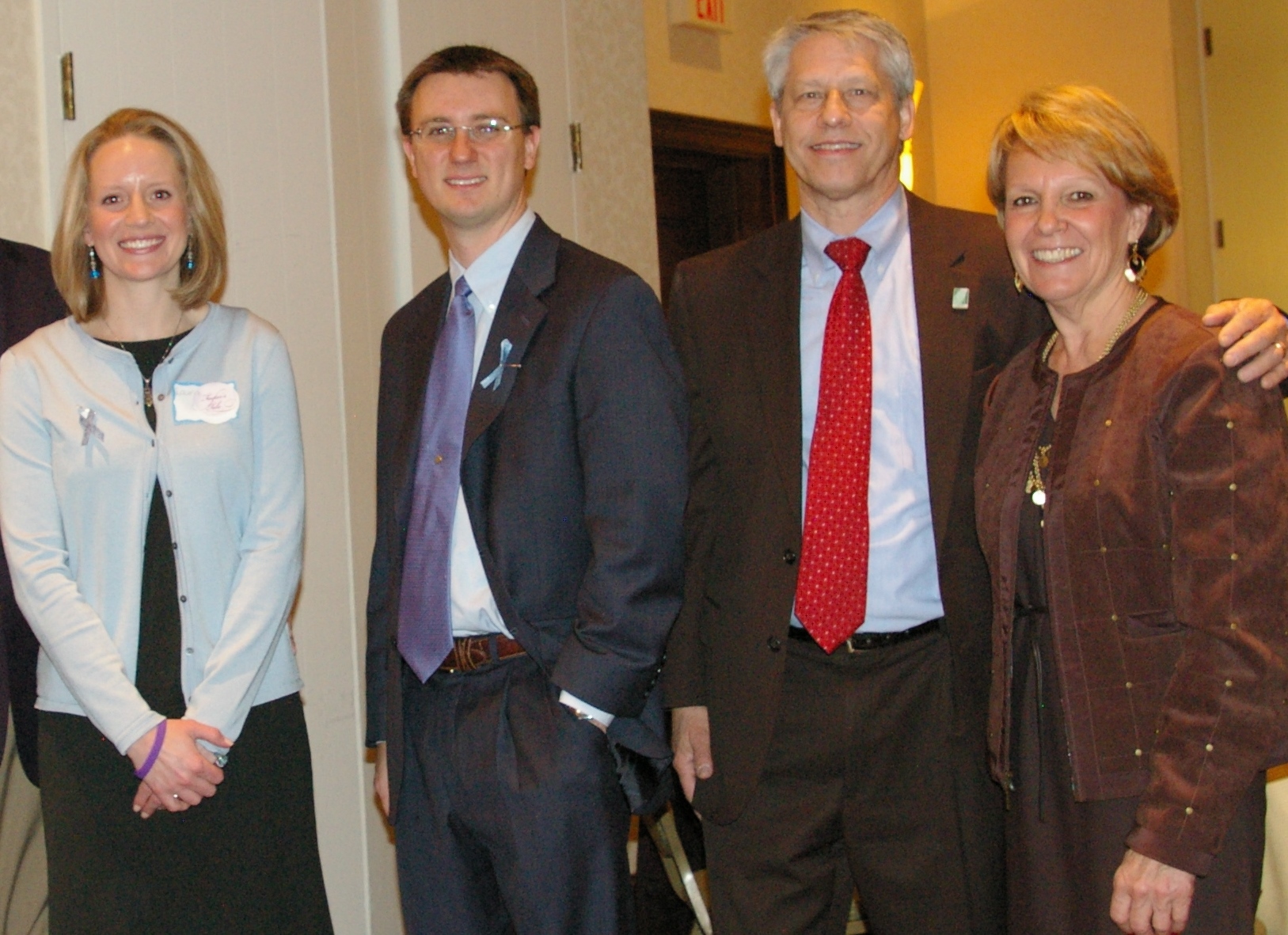Running isn’t much different from riding a bike without training wheels. Once you know how to put one foot in front of the other, you’ve basically got it. My mom says I look funny when I run. She may be right – the uneven wear on the soles of all of my running shoes betrays my weird gait – but it works. I still have blue ribbons I won for the 50-yard dash in elementary school, and for 20 years, no one could outrun me on a soccer field.
But running blind is a whole different story. In less than three months, I’ll run Charlotte’s Thunder Road Half Marathon blindfolded to honor my sister and support the fight against Batten disease. I started training with my sighted guide, Andrew Swistak, on June 5. Since then, I’ve fallen once, sprained both ankles and torn up a knee. That’s why, if I expect to cross the finish line in one piece on race day, I need as much practice as I can get.
Andrew and I can’t always get together, though. I’ve learned a lot of lessons doing this blindfolded running thing, one of which is that we’re both very busy people! So this morning, I informed my husband, John, that he had to pinch run for my sighted guide.
“That’s right, honey,” I said, handing him one end of the three-foot bungee cord that serves as my lifeline during my blind runs. “Be my eyes, and you won’t get any new medical bills.”
We hit a few rough patches where we couldn’t get our spacing right, and I clipped his feet. Running with my husband in broad daylight helped me understand just how in sync Andrew and I became after only a few runs in the dark. But we got the hang of it, and we even picked up speed at the end. Best of all, I didn’t fall or re-injure my ankles!
Near the end of our run, John pulled to a stop and told me to open my eyes (I didn’t have a blindfold today). Right when I did, a deer crossed the road in front of us. And then, just like that, it disappeared into the trees, and I closed my eyes and started running again.
Later, I thought about how Taylor would have missed that deer. I blind myself by choice for these runs and will blind myself for Thunder Road, but I can recover my vision at any time. Taylor doesn’t have that luxury; a monster called Batten disease stole her vision and a lot of other precious things from her.
And that’s why I run.
I will run the Thunder Road Half Marathon blindfolded to support gene therapy co-funded by Taylor’s Tale at the University of North Carolina Gene Therapy Center. Donations to this cause are 100 percent tax-deductible. To support my run and our fight to develop treatments for Batten disease and other genetic diseases, click here.
Join the Taylor’s Tale team at Thunder Road! Click here to register for the marathon, half marathon or 5K. On the second page of registration, under “Event Groups/Teams,” select “Taylor’s Tale” from the list under “Choose an Existing Group.” Run for us to help raise awareness on race day. Stay tuned for more details, including special shirts for team members and an informal post-race event!

